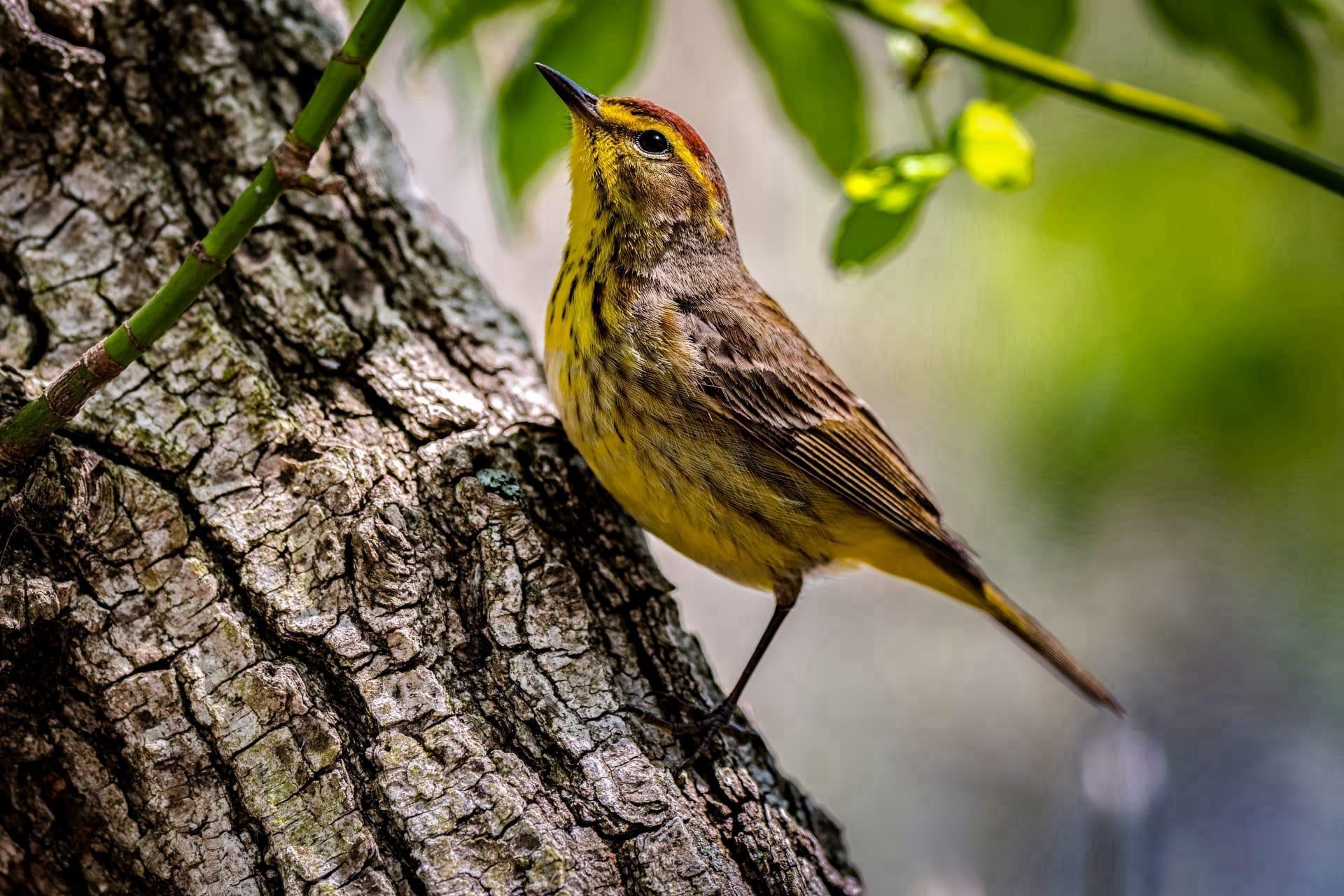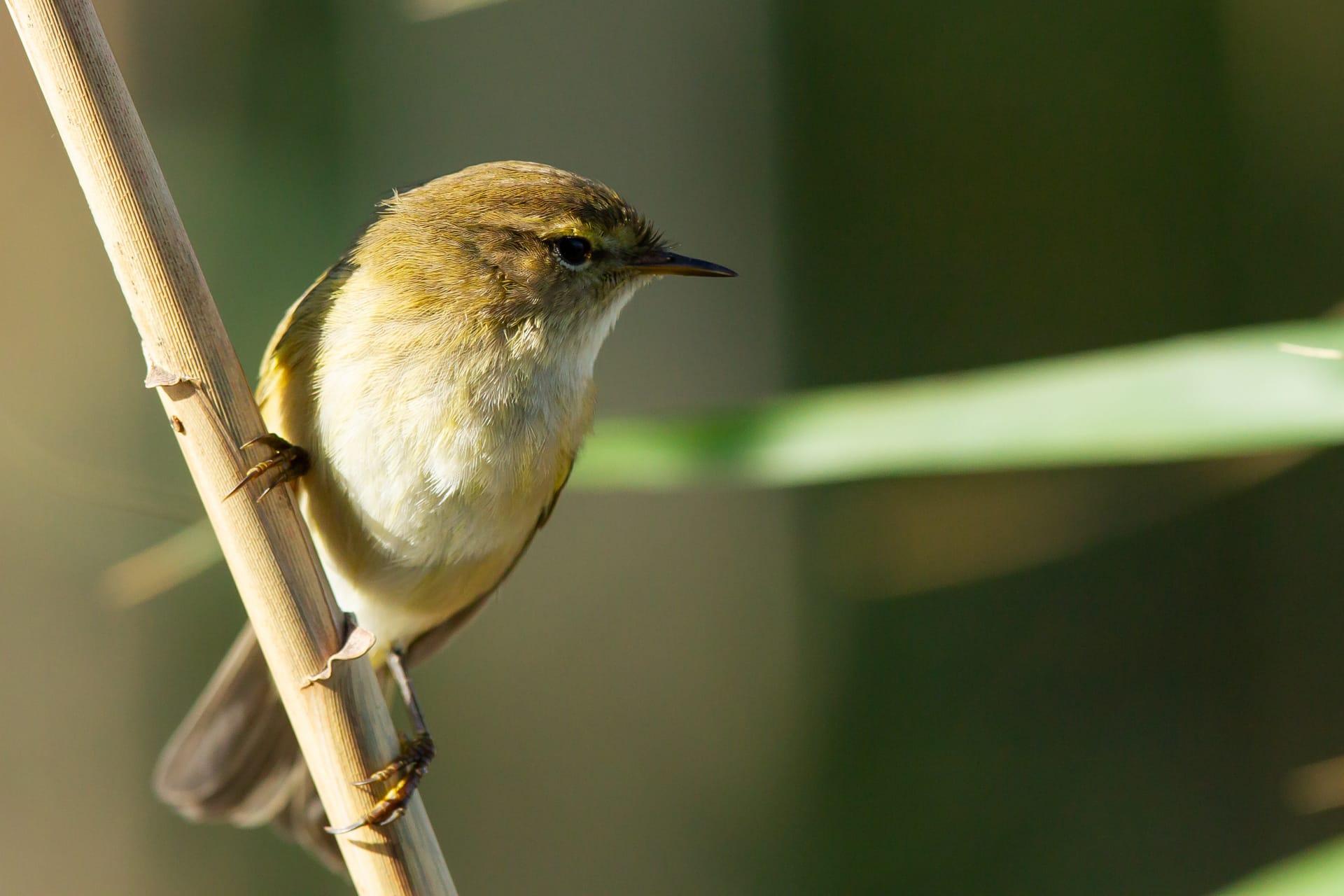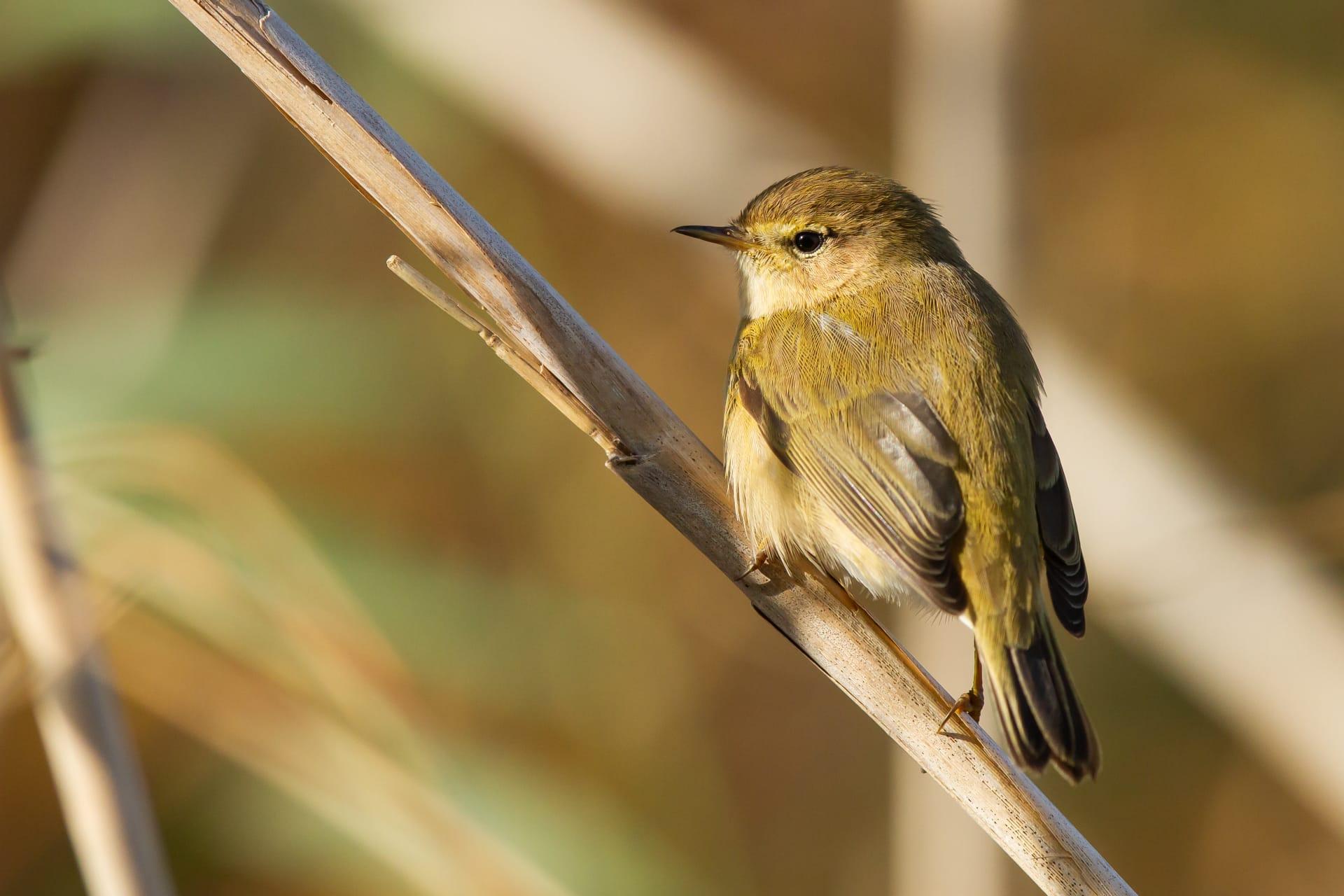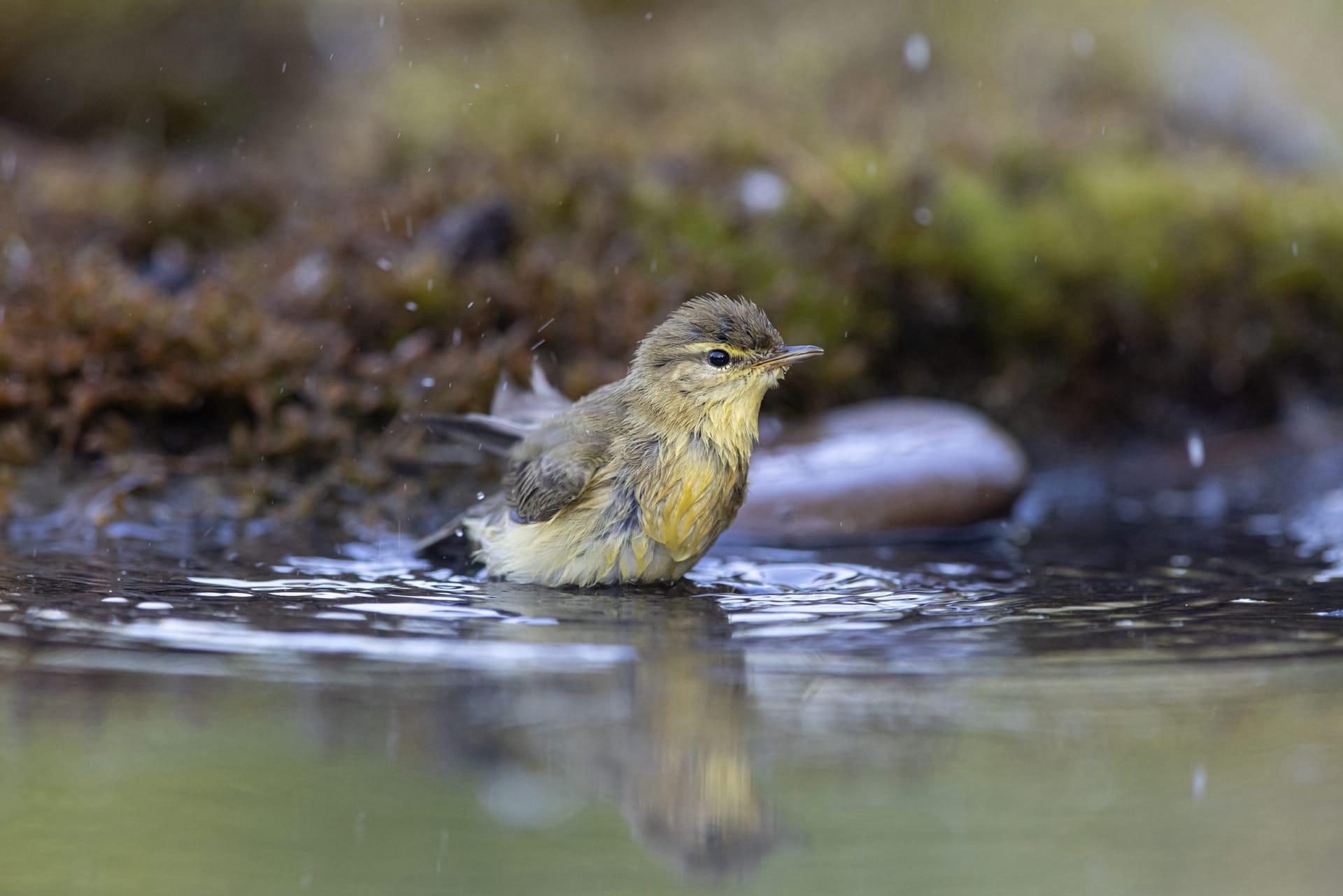1
Warblers, those sprightly little birds flitting through the trees, are masters of migration. Some species, like the Blackpoll Warbler, embark on a staggering journey of over 3,000 miles during migration. They fly non-stop for up to 88 hours, covering distances that are over ten times their body length in a single hour. This feat is like a human running continuously at 100 mph!
These birds are not just long-distance travelers but also incredible vocalists. The male Cerulean Warbler, for example, has a repertoire of over 20 different song variations. Each song can last up to 3 seconds and is a complex composition of high-pitched notes. This musical prowess is vital for attracting mates and defending territory, showcasing a level of vocal complexity rare in such small creatures.

2
Warblers have a remarkable adaptation in their vision. They see ultraviolet (UV) light, which is beyond human visual capabilities. This UV vision helps them in identifying mates, as many Warbler species have feathers that reflect UV light. This reflection is not visible to the human eye, but it's like a shining beacon to another Warbler, making them stand out amidst the foliage.
Their diet is as interesting as their vision. While primarily insectivorous, Warblers display remarkable flexibility. During their breeding season, they primarily consume protein-rich insects, which provide the necessary energy for nesting and breeding. However, during migration, they switch to eating more fruits and berries. This dietary change provides higher fat content, crucial for the energy-intensive migration journeys.

3
Did you know that Warblers are environmental indicators? Their presence and population in a certain area can tell us a lot about the ecological health of that habitat. Because they are sensitive to changes in their environment, a decline in Warbler populations can signal issues like habitat loss, pollution, or climate change. Thus, monitoring Warbler populations helps scientists track environmental health.
Another interesting aspect is their nesting behavior. Most Warbler species are ground nesters, intricately weaving their nests into the underbrush or at the base of shrubs. These nests are masterpieces of camouflage, made from materials like grass, bark strips, and spider silk. This not only protects the eggs from predators but also shields them from the harsh elements, showcasing the Warblers' ingenuity in using available resources.

4
Warblers are known for their colorful plumage, but did you know that their colors change with age and season? Young Warblers, or juveniles, often have duller colors compared to adults. As they mature, their feathers gain more vibrant hues. Additionally, many Warblers undergo a seasonal change in plumage, displaying brighter colors during the breeding season to attract mates and more subdued tones in the winter to blend in with their surroundings.
These birds also exhibit a fascinating behavior called "anting." Warblers have been observed rubbing ants on their feathers. Scientists believe this behavior helps them in two ways: ants secrete formic acid, which may help in controlling feather mites and other parasites, and the process might also help in conditioning their feathers, keeping them clean and healthy.

5
Warblers are not just solitary migrants; they often engage in a behavior known as "mixed-species foraging." This means they join groups of other bird species to forage for food. This strategy increases feeding efficiency and reduces individual predation risk. It's a splendid example of avian cooperation, where different species, including Warblers, come together for a common benefit.
Lastly, Warblers have an extraordinary memory, especially when it comes to their migration routes. They use the stars and the Earth's magnetic field to navigate, often returning to the exact same breeding and wintering grounds year after year. This remarkable navigational skill involves memorizing vast geographical areas and using celestial cues, demonstrating an impressive level of spatial awareness for such small birds.